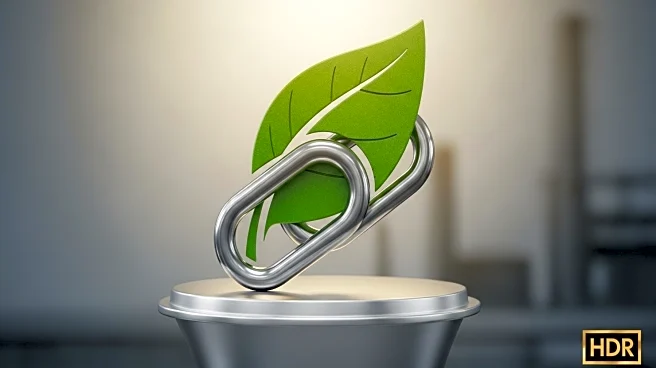What's Happening?
Employee-ownership trusts (EOTs) are gaining traction in the construction industry as a strategic exit option for contractors. This model allows business owners to sell at least 51% of their company to a trust for the benefit of employees, offering significant tax advantages and promoting long-term business continuity. The recent changes in the UK capital gains tax (CGT) rates have made EOTs more appealing, with the main CGT rate increasing from 20% to 24% and business asset disposal relief rising from 10% to 14%. These changes have prompted many construction businesses to consider EOTs as a tax-efficient exit strategy that also protects legacy and improves talent retention. However, the transition to employee ownership requires careful planning, including robust financial forecasts and leadership succession strategies to ensure operational continuity.
Why It's Important?
The adoption of EOTs in the construction sector is significant due to the industry's persistent labor shortages and the need for effective succession planning. By transitioning to employee ownership, construction firms can differentiate themselves in talent retention, providing employees with a stronger sense of purpose and shared success. This model also offers business owners a degree of control over the succession process, allowing for a phased handover and avoiding disruptive cultural clashes. However, the EOT model is not without risks, particularly for businesses with tight margins and cyclical project revenue. The repayment model, funded through future company profits, can strain working capital during economic downturns, potentially undermining a company's ability to weather financial shifts.
What's Next?
Construction firms considering EOTs must conduct thorough reviews, including developing realistic financial forecasts and leadership plans to maintain operational continuity. The October 2024 Budget introduced new rules around EOTs to limit potential misuse, including stricter controls to prevent former owners from retaining influence over the business. Firms must ensure share-purchase prices reflect market value and adhere to conditions to avoid withdrawal of tax relief. Early planning and robust governance structures are essential for successful implementation of EOTs, making them a powerful legacy tool for construction firms.
Beyond the Headlines
The shift towards employee ownership in the construction industry highlights broader trends in business succession planning and employee engagement. EOTs offer a way to align business values with employee interests, fostering a culture of shared success and loyalty. This model also reflects a growing emphasis on sustainable business practices that prioritize long-term stability over short-term gains. As more firms explore EOTs, the construction industry may see a shift towards more collaborative and inclusive business models, potentially influencing other sectors to adopt similar approaches.











